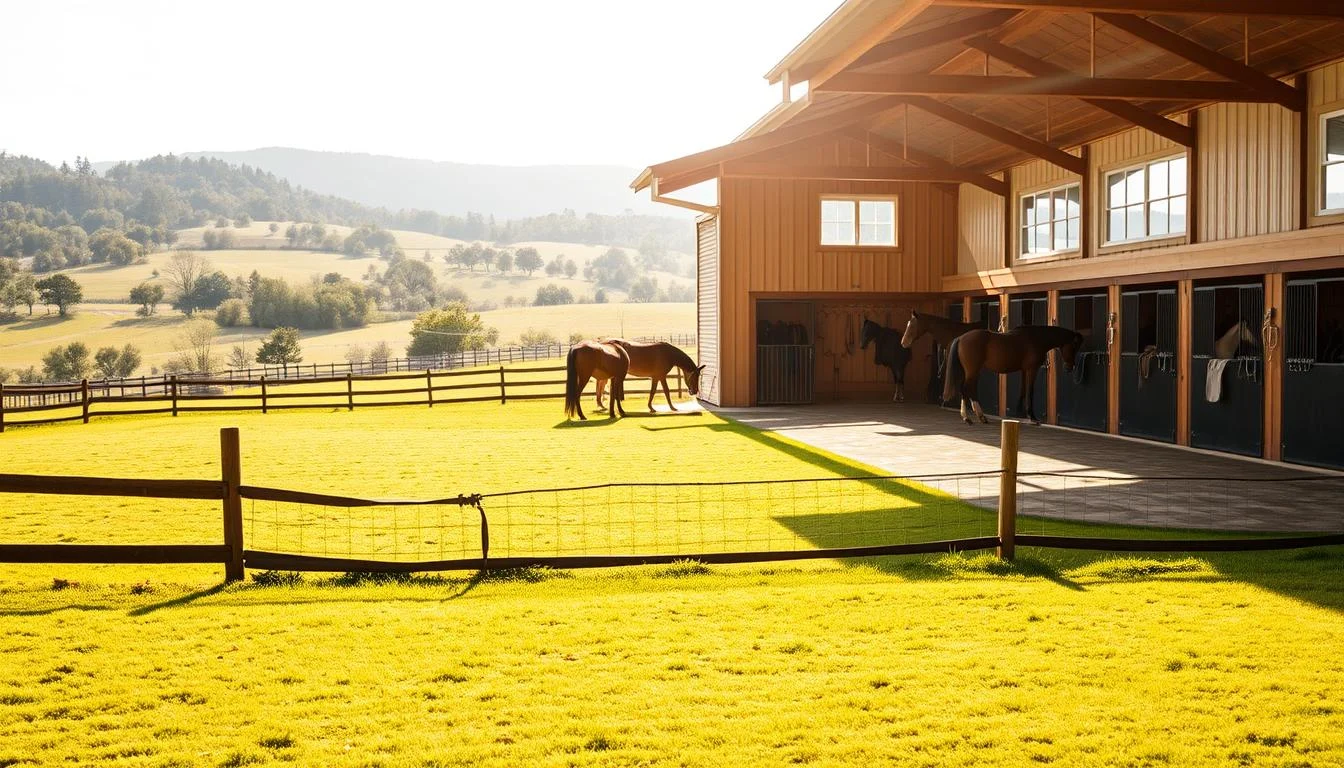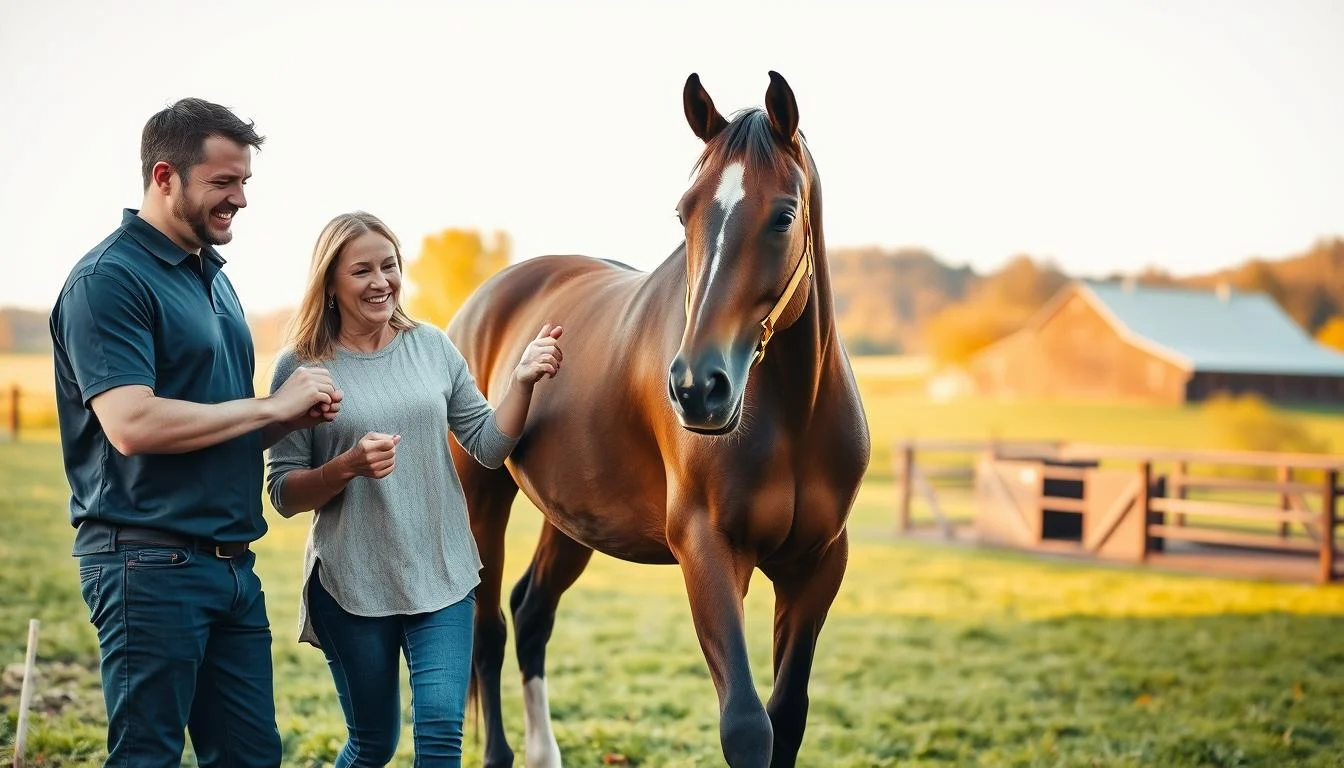Did you know over 60% of equine professionals report behavioral changes in animals transitioning to new boarding environments? Adapting to unfamiliar routines, handlers, and spaces can disrupt even well-established exercise routines. For caretakers, balancing a structured approach with the realities of shared facilities requires careful planning.
Moving to a new location often impacts hydration, feeding schedules, and safety protocols. Studies show animals in Canadian regions face unique challenges due to seasonal weather shifts, which may affect turnout times or arena access. Proactive communication with staff ensures consistency in handling methods and daily care standards.
Owners play a vital role in monitoring progress. Regular check-ins help align expectations with trainers and facility managers. Simple steps like documenting routines or discussing ground rules prevent misunderstandings. A collaborative system keeps your partner’s development on track, no matter where they’re housed.
Key Takeaways
- Transitioning to new environments can disrupt equine behavior and routines
- Seasonal factors in Canada may require adjusted management strategies
- Clear communication with facility staff prevents training inconsistencies
- Documented care plans help maintain structure during boarding periods
- Regular safety checks ensure stable conditions align with your goals
Introduction to Horse Training and Boarding
A horse’s ability to thrive in new environments hinges on thoughtful management strategies. Sudden shifts in feed quality, water sources, or stall neighbors can trigger stress responses. Equine therapist Alexa Linton notes,
“Animals read energy first. Consistent routines act like a safety net during transitions.”
Why Training While Boarded Matters
Fresh hay schedules and familiar handlers help regulate the nervous system. Research shows abrupt changes in feeding times increase cortisol levels by 34% within days. Facilities with irregular turnout or poor stall lighting often see more resistance during lessons.
Overview of Best Practices
Top barns follow these standards to support development:
| Challenge | Risk | Solution |
|---|---|---|
| Inconsistent feed | Digestive issues | Provide grain measurements |
| Limited turnout | Stiffness | Schedule daily exercise |
| New handlers | Confusion | Share training cues |
Owners should visit weekly to check water access and footing quality. Bring your own hay for the first month if switching suppliers. Document any behavioral shifts to discuss with staff.
Understanding Your Horse’s Needs in a Boarding Environment
Recognizing stress signals early can mean the difference between smooth transitions and prolonged anxiety. A calm partner adjusts better to barn life, but subtle cues like pawing at mealtimes or pinned ears during grooming often hint at deeper discomfort. Owners who track these patterns build trust while preventing setbacks.

Evaluating Behavioral and Physical Readiness
Watch for relaxed ears and steady breathing during feeding – these signal comfort. Horses that nibble hay within 30 minutes of arrival typically adapt faster. Conversely, weight loss or excessive sweating suggests environmental stress. Equine specialist Dr. Sarah Jenkins notes:
“A partner’s willingness to engage in groundwork reveals their mental state. Refusal to trot circles might indicate footing concerns.”
Track water intake daily. Dehydration risks spike when animals reject unfamiliar troughs. Bring buckets from home to ease the transition. Share your feeding schedule with staff to maintain digestive routines.
Adjusting to a New Environment
Introduce changes gradually. Start with 15-minute turnout sessions if the pasture layout differs. Walk the barn aisles together to familiarize them with strange noises. Many Canadian facilities use indoor arenas during winter – practice transitions between spaces to build confidence.
Collaborate with trainers to spot subtle shifts. A previously eager learner avoiding jumps could signal saddle fit issues or footing discomfort. Weekly check-ins help align care strategies. Remember: patience strengthens the relationship between owner and animal during this process.
Effective Strategies for training while horse is boarded
Building a successful partnership with your equine partner during boarding starts with active participation. Your presence during sessions helps bridge gaps between barn routines and your goals. Consistency becomes easier when you’re part of the process.
Staying Involved in Daily Sessions
Schedule regular visits to observe workouts. Arrive 10 minutes early to discuss plans with staff. Bring a notebook to record reactions to new exercises or equipment. This simple habit helps spot subtle changes in attitude or movement.
Many Canadian owners find success with shared calendars. Block specific times for groundwork or riding that align with facility schedules. One Alberta rider adjusted her visits to match shorter winter daylight hours, ensuring her partner’s progress continued smoothly.
Tracking Growth and Team Communication
Weekly chats with trainers prevent misunderstandings. Ask open-ended questions like, “How did they respond to transitions today?” instead of yes/no queries. Most professionals appreciate detailed feedback about what works at home versus the barn.
Consider these tips for productive collaboration:
- Review lesson videos together to identify patterns
- Align on reward systems (treats, scratches, verbal praise)
- Discuss footing preferences before arena bookings
Budget matters too. Higher-end facilities might offer heated indoor spaces for year-round work – weigh these perks against cost. Always verify if grain supplements or special care items are included in boarding fees.
Feeding and Nutritional Considerations for Boarded Horses
Proper nutrition forms the cornerstone of every successful equine care strategy. At boarding facilities, dietary consistency directly impacts energy levels, coat condition, and performance readiness. A tailored feeding program prevents weight fluctuations and supports peak physical health.
Selecting Quality Hay and Forage
High-quality hay should smell fresh with minimal dust. Look for green hues and flexible stems – brittle stalks often indicate nutrient loss. Many Canadian barns stock timothy or alfalfa blends, but check these standards:
- Leaf-to-stem ratio above 60%
- Moisture content under 15%
- No visible mold or weeds
Local hay typically costs 20% less than imported bales while maintaining freshness. Discuss storage methods with staff – properly stacked bales retain nutritional value longer.
The Importance of Frequent, Balanced Feedings
Four smaller meals daily mimic natural grazing patterns better than two large portions. This approach reduces colic risks and keeps digestion steady. Pair forage with concentrated feeds containing vitamins A and E for immune support.
| Feed Type | Cost (Monthly) | Protein Level |
|---|---|---|
| Oats | $45 | 12% |
| Pelleted Grain | $68 | 14% |
| Complete Concentrate | $85 | 16% |
Barn teams should refresh water buckets twice daily and monitor intake. Adjust portions if your partner’s ribs become visible or their crest feels spongy. Most facilities provide body condition scoring charts – review these during monthly check-ins.
Collaborate with staff to align feeding times with exercise schedules. A well-fueled animal responds better during riding sessions and recovers faster. Simple adjustments create lasting health benefits!
Maintaining a Safe and Healthy Boarding Facility
A proactive approach to facility care protects both animals and investments. Regular inspections catch small issues before they escalate, creating stable conditions for growth. Let’s explore practical ways to uphold safety standards year-round.
Inspecting the Environment for Clean Water and Safety
Start with water sources. Troughs should be scrubbed weekly to prevent algae buildup. During Canadian winters, check heaters daily to avoid ice formation. A simple dipstick test ensures proper depth – aim for 8-12 inches to encourage drinking.
Walk paddocks looking for loose fencing or sharp objects. Bring a hoof pick to test footing – if it sinks deeper than 2 inches, mention it to staff. Barn manager Tina Kowalski advises:
“Three-second rule: If you spot a hazard, address it within three days. Delayed fixes often lead to bigger problems.”
Regular Facility Check-Ups
Create a monthly checklist covering these areas:
- Hay storage moisture levels (use a $10 humidity meter)
- Fire extinguisher expiration dates
- Lighting in wash stalls and aisles
Track repairs using a shared spreadsheet. Many owners split costs for group discounts on bulk hay orders or fence posts. Seasonal shifts demand extra attention – spring mud requires better drainage, while summer demands fly control measures.
Engage staff in quarterly walkthroughs. Discuss ventilation upgrades or footing improvements. Small investments in facility quality pay off through healthier animals and smoother routines. Remember: Your involvement shapes the care your partner receives daily.
Building a Strong Relationship with Your Trainer and Boarding Staff
Trust forms the foundation of every successful equine partnership. When caregivers, trainers, and barn teams align their efforts, animals thrive in structured programs. A shared commitment to clear communication bridges gaps between expectations and daily realities.

Communication Strategies for Collaborative Care
Start with weekly progress updates. Ask specific questions like, “How did they respond to new exercises?” instead of general check-ins. Ontario trainer Mark Fletcher advises:
“Bring a notebook to sessions. Note what works – and what doesn’t – to build a tailored system.”
Schedule visits during feeding or grooming times. Observing these routines helps spot subtle changes in behavior or appetite. Share insights with staff using a shared digital log – many facilities use apps for real-time updates.
Pro tip: Book monthly meetings to review goals. Discuss adjustments to feed portions, lesson frequency, or turnout schedules. This collaborative approach prevents misunderstandings and keeps everyone focused on the animal’s needs.
Successful partnerships often involve compromise. If barn staff prefer morning workouts but your partner performs better in afternoons, find middle ground. One Alberta owner shifted lessons to 10 AM – early enough for staff schedules but late enough for optimal focus.
Set calendar reminders for water trough checks or farrier appointments. Small gestures, like bringing coffee for trainers during winter barn days, foster goodwill. Remember: Strong relationships turn challenges into growth opportunities.
Conclusion
Creating lasting success for your equine partner during boarding hinges on three pillars: consistent care, environmental awareness, and collaborative teamwork. Regular facility inspections and tailored feeding plans form the foundation of physical health, while open communication with staff ensures alignment with development goals.
Prioritize barns offering clear value through safe turnout areas and experienced handlers – sometimes higher cost translates to better long-term results. Documenting routines and visiting frequently helps spot subtle behavioral changes early, allowing quick adjustments.
Canadian owners should factor in seasonal shifts when planning. Winter months may require indoor arena bookings, while summer demands hydration monitoring. Remember, your active role in daily care strengthens trust and reinforces training milestones.
Final tip: Schedule monthly “barn check-ins” to review progress and facility conditions. Small steps like sharing grooming preferences or discussing hay quality make big differences. With patience and teamwork, your partner thrives wherever they call home this year!
FAQ
How do I know if my horse is ready for a boarding facility?
Assess their physical health, behavior, and adaptability. Look for signs of stress in new environments, like changes in eating habits or energy levels. A vet check and trial stay can help gauge readiness.
What should I prioritize when selecting hay for a boarded horse?
Focus on freshness, mold-free texture, and high fiber content. Timothy or orchard grass are popular choices. Ask the barn staff about their supplier and storage methods to ensure quality.
How often should I visit my horse during boarding?
Aim for weekly visits to observe their condition and progress. Consistent interaction helps maintain trust and allows you to spot issues like weight loss or hoof problems early.
What safety features are non-negotiable in a boarding barn?
Check for secure fencing, clean water access, and well-ventilated stalls. Fire extinguishers, first-aid kits, and clear emergency protocols are also essential for minimizing risks.
Can I customize my horse’s feeding schedule at a boarding facility?
Most barns allow tailored plans. Discuss your animal’s needs—like senior feed or supplements—with staff. Provide written instructions to avoid mix-ups.
How do I build trust with barn trainers and caregivers?
Communicate openly, share your goals, and respect their expertise. Regular updates, gratitude for their work, and collaborative problem-solving strengthen these partnerships.
What if my horse struggles to adjust to boarding life?
Gradual transitions help. Bring familiar items like blankets or toys. Work with trainers to establish routines, and monitor behavior closely for the first few weeks.
Why is consistent exercise critical for boarded horses?
Daily movement supports muscle tone, digestion, and mental health. Even if trainers handle workouts, ensure turnout time or hand-walking is part of their routine.

